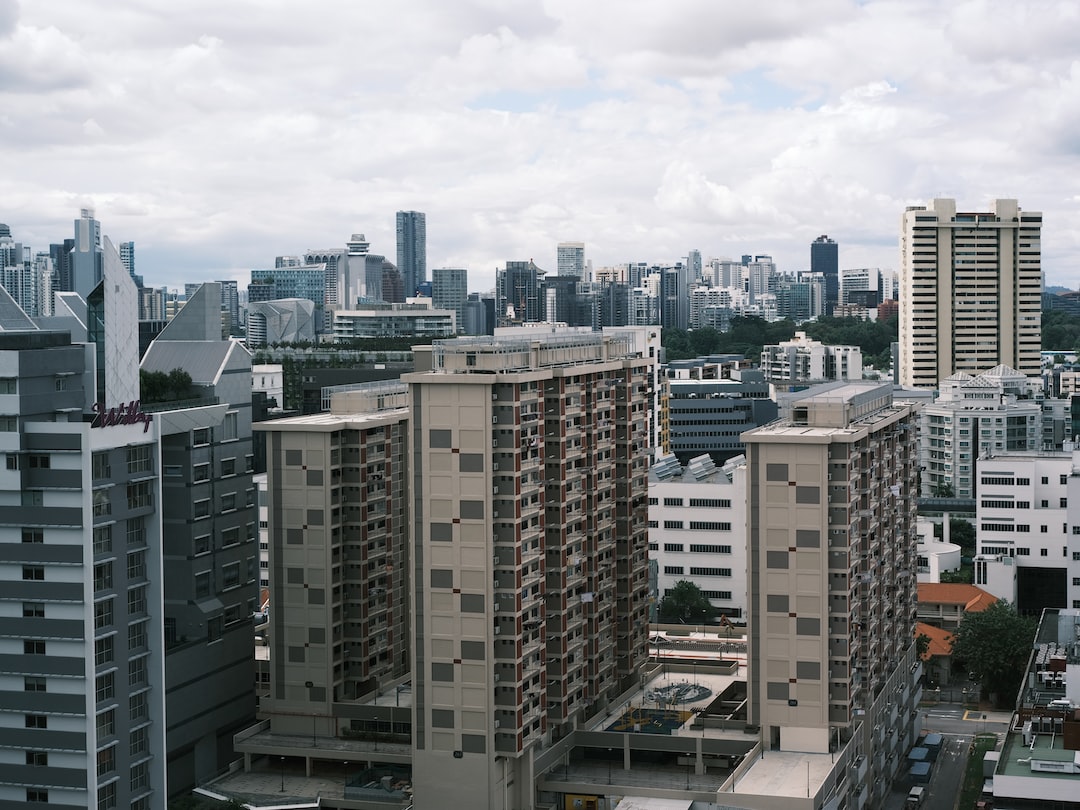Why Is Urbanization Contributing to Pollution
Why Is Urbanization Contributing to Pollution KAKE


The Potential of Sustainable Urban Planning to Reduce Carbon Footprint

Urban living has the potential to contribute significantly to the achievement of the Sustainable Development Goals (SDGs) by reducing carbon footprints. If all cities were perfectly planned, they could offer a more sustainable lifestyle compared to rural areas. The compact structure of cities allows for various opportunities to minimize emissions and promote sustainable development.
1. Higher Densities of People
One of the key advantages of urban areas is their ability to accommodate higher densities of people. By living in close proximity, individuals can reduce their reliance on private vehicles and opt for more sustainable modes of transportation such as walking, cycling, or public transit. This shift towards sustainable transportation options can significantly reduce carbon emissions associated with daily commuting.
2. Increased Connectivity and Accessibility
Cities are known for their efficient transportation networks and infrastructure. Well-planned urban areas prioritize connectivity and accessibility, making it easier for residents to access essential services, job opportunities, and recreational facilities. By reducing the need for long-distance travel, urban planning can help minimize carbon emissions from transportation.
3. Better Land Use
Effective urban planning involves optimizing land use to maximize efficiency and minimize environmental impact. By promoting mixed-use developments and compact city designs, cities can reduce the need for extensive land consumption and promote sustainable practices. Compact cities also facilitate the provision of essential services and amenities within walking distance, further reducing the carbon footprint associated with transportation.
In conclusion, sustainable urban planning plays a crucial role in achieving the SDGs and reducing carbon footprints. By prioritizing higher densities of people, increased connectivity and accessibility, and better land use, cities can become more sustainable and contribute to a greener future.
SDGs, Targets, and Indicators
1. Which SDGs are addressed or connected to the issues highlighted in the article?
- SDG 11: Sustainable Cities and Communities
- SDG 13: Climate Action
The article discusses the potential of well-planned cities to reduce carbon footprints and emissions, which aligns with SDG 11’s focus on creating sustainable cities and communities. Additionally, the mention of reducing carbon footprints relates to SDG 13’s objective of taking urgent action to combat climate change.
2. What specific targets under those SDGs can be identified based on the article’s content?
- SDG 11.3: By 2030, enhance inclusive and sustainable urbanization and capacity for participatory, integrated, and sustainable human settlement planning and management in all countries.
- SDG 13.2: Integrate climate change measures into national policies, strategies, and planning.
The article highlights the importance of well-planned cities and sustainable urbanization, which aligns with SDG 11.3’s target of enhancing sustainable human settlement planning and management. Additionally, the mention of reducing carbon footprints and emissions connects to SDG 13.2’s target of integrating climate change measures into national policies and planning.
3. Are there any indicators mentioned or implied in the article that can be used to measure progress towards the identified targets?
Yes, the following indicators can be implied from the article:
- Indicator for SDG 11.3: Percentage of urban population living in slums or informal settlements.
- Indicator for SDG 13.2: Percentage of cities with climate change adaptation and mitigation plans.
The article emphasizes the need for inclusive and sustainable urbanization, indicating progress towards SDG 11.3 can be measured by the percentage of the urban population living in slums or informal settlements. Additionally, the mention of well-planned cities implies the existence of climate change adaptation and mitigation plans, which can be used as an indicator for SDG 13.2.
4. Table: SDGs, Targets, and Indicators
| SDGs | Targets | Indicators |
|---|---|---|
| SDG 11: Sustainable Cities and Communities | 11.3: By 2030, enhance inclusive and sustainable urbanization and capacity for participatory, integrated, and sustainable human settlement planning and management in all countries. | Percentage of urban population living in slums or informal settlements. |
| SDG 13: Climate Action | 13.2: Integrate climate change measures into national policies, strategies, and planning. | Percentage of cities with climate change adaptation and mitigation plans. |
Behold! This splendid article springs forth from the wellspring of knowledge, shaped by a wondrous proprietary AI technology that delved into a vast ocean of data, illuminating the path towards the Sustainable Development Goals. Remember that all rights are reserved by SDG Investors LLC, empowering us to champion progress together.
Source: kake.com

Join us, as fellow seekers of change, on a transformative journey at https://sdgtalks.ai/welcome, where you can become a member and actively contribute to shaping a brighter future.







